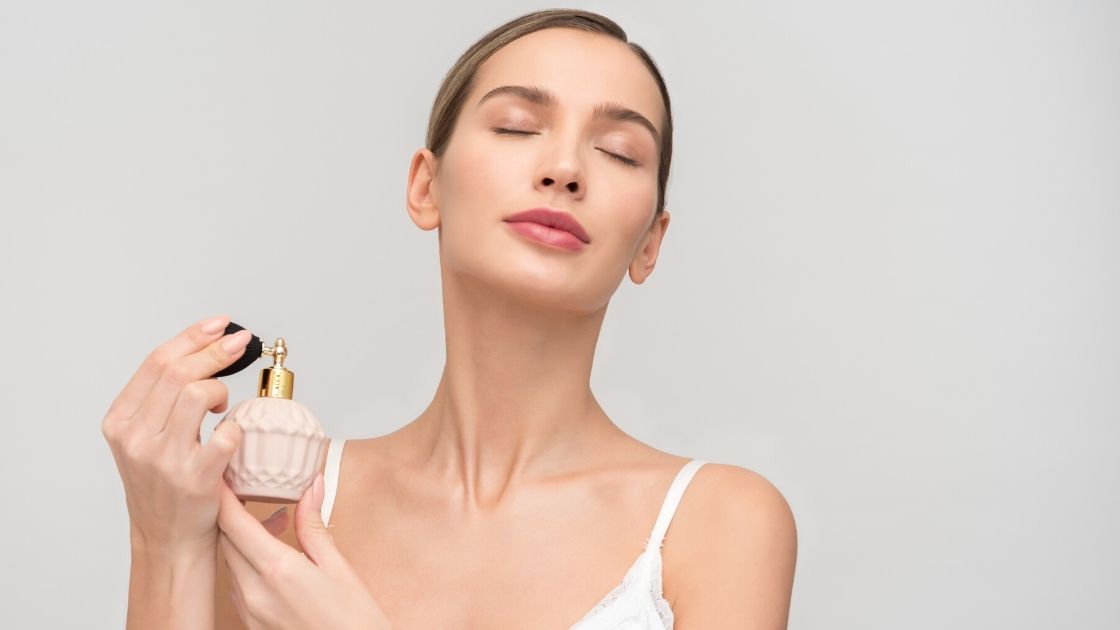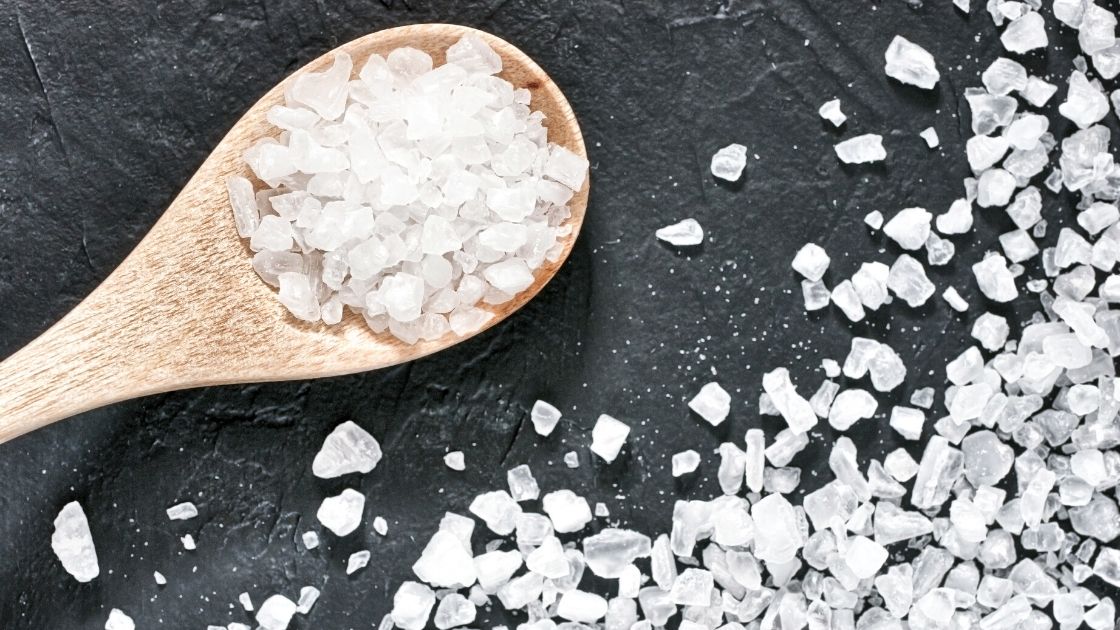10 Ingredients to Avoid in Health and Beauty Products : Will it harm my skin? This is a question we have asked many times when shopping for personal care, skincare and beauty products. And there goes the race for brands to reassure costumers that their products are 100% healthy. But are they?
A very recent news headline is how a world-renowned brand producing baby cosmetics and skin care products ends selling its much-celebrated baby powder in North America. Guess why? Thousands of lawsuits claim the product causes cancer! Face palms everywhere!
What to do?
So, as you see, you never know what goes into the product you are guaranteed you can use “safely”. We don’ want to join the cause of fear mongering groups going all in for natural products.
This is because natural products do have their own side effects, and hell will break loose on your face if they are unsuitable for your skin type.
The best way to avoid this situation is to research about the ingredients used in the products in question. You need to navigate your way through a plethora of chemicals and possible toxins and organic ingredients. But it’s all worth it. Have an informed purchase and you will be good to go.
Here we have categorized all the chemicals in main groups. So, this way you can both have an idea of the dangerous groups of ingredients and their subgroups.

In general, you like to avoid:
- Alcohol
- Fragrances
- Formaldehyde
- Petrolatum
- Sodium Lauryl Sulfate
- Hydroquinone
- Triclosan
- Phthalates
- Oxybenzone
- Lead
Alcohol
Alcohol is commonly used in beauty and skincare products to solve and mix various ingredients. It also helps quick absorption of substances in creams and lotions. Because of its low evaporation point alcohol is integrated in products which need fast drying too.
A variety of substances falling under the category of alcohols are used in beauty and care products. A group of alcohols characterized as drying alcohols are the ones in question.
Drying alcohol groups tend to harm the surface of the skin by damaging the skin barrier and causing scaled and flaky skin. Your skin needs hydration to perform its natural functions and be protected from environmental risk factors. But the extra damage caused by the drying alcohols just complicate the situation.
The drying alcohols are: Ethanol, Denatured alcohol, SD alcohol, Ethyl alcohol, and Methanol.
Look for fatty alcohols to replace the drying ones. However, if you have a sensitive skin, even fatty alcohol won’t be of much help.
12: Fragrances
Do you automatically gravitate toward the products with a nice scent?
Well, you’d better not. I mean, naturally we all love whatever that is ‘nice’: looks nice, tastes nice, and smells nice! But when it comes to smelling nice, you’d better think twice.
The scent is achieved thanks to some chemicals added to a mixture of ingredients to muffle their possibly unattractive scent.
And why exactly are these scents bad? Most of the fragrances have petroleum or chemical derived from coal, which cause irritation and allergy both for the skin and the respiratory system.
Note: Some types of fragrances are natural, but natural fragrances tend to be more expensive than chemical ones. So, chemical fragrances are more prevalent, despite the fact that they function as toxins in your body.
Replace chemically loaded ‘nice-smelling’ products with unscented ones, and if you still like to smell nice use essential oils. Essential oils are directly extracted from flowers and can give that extra touch of fragrance you look for in your beauty products.

13: Formaldehyde
Formaldehyde is found in many products.
It functions as a preservative, and prevents the growth of bacteria in products.
However, it is a carcinogen which causes irritation and is associated with asthma, immune system toxicity, and liver problems. Headaches, joint pains, and dermatitis are also resulted from exposure to the chemical.
Even though formaldehyde is normally used in small amounts, several ingredients included in the formula release formaldehyde. You can look out for these ingredients in the products of interest:
- Bronopol
- Quaternium-15
- Sodium hydroxy methylglycinate
- Diazolindyl urea
- DMD hydration
- Imidazolidinyl urea
Also, ingredients names ending with bromopol, formalin, formaldehyde, and glyoxal need to be avoided.
1: Petrolatum
One of the common ingredients in lotions and cosmetics is petrolatum. It is especially included in products made to treat dry skin and eye creams. It might as well be included on the package of products under petroleum jelly, white petrolatum, mineral oil, paraffin oil, and paraffin wax.
Petrolatum is a byproduct received from refining petroleum. Petrolatum melts with the body temperature, so it spreads smoothly on the skin. It functions as an emollient which prevents the evaporation of moisture from your skin.
The product has no color nor scent. It doesn’t hurt the skin per se, and if anything, it keeps infection at bay by preventing penetration of external objects. However, the problem lies in the refining process.
If the product is not refined properly, it is likely to be contaminated with polycyclic aromatic hydrocarbons, also called PAHs.
PAHs are known as carcinogens. Their accumulation in the body is associated with the development of cancer.
2: Sodium Lauryl Sulfate
Commonly found in foaming and bubbling products like shampoo, face wash, bubble bath, body wash, soap, baby wash, conditioner and a variety of other health and beauty products, the ingredient is the culprit to blame for irritation and occasionally, cancer.
It is usually called as an SLS and SLES and might go with a variety of names such as sodium laureth sulfate.
The products containing SLS are usually come into contact with the surface of the skin and more often than not, washes away the necessary skin oils. As such, it can lead to irritation and flaky skin and scalp.
Also, SLS and SLES is assumed to produce a carcinogen called nitrosamines, when mixed with other chemicals such as triethanolamine. So, it can also lead to cancer in the long run.

3: Hydroquinone
If you have ever used skin lightening products, you may have taken in amounts of hydroquinone. It takes effect by addressing the production of melanin (cells producing skin pigments) in the skin.
So, this makes it one of the most effective ingredients used as a bleach for acne spots, sun damage, age spots, or any other marks that may have caused a darkening tone to the natural skin color.
As you can see, the ingredient can penetrate deep inside your skin.
Naturally, even though temporary use may seem to yield satisfactory results, prolonged usage may lead to adversary effects.
Skin problems such as blemishes, pre-aging, dark patches, decreased skin elasticity, and a thin skin are some of the effects expected from the prolonged use of this ingredient. Also, it has carcinogenic qualities that can mutilate and damage the DNA.
If you’re looking for ways to treat hyperpigmentation, you can use antioxidants such as vitamin C, Vitamin B3, and plant-based acids such as kojic acid.
4: Triclosan
One of the antibacterial agents included in beauty and health products is triclosan. However, you might like to avoid products containing it because it does even more harm than contributing to your ‘better skin’.
Research has found that triclosan meddles endocrine system of the body and alters the thyroid function. It is also believed to lead to liver toxicity, and damage to the body’s immune system. The ingredient also helps the formation of resistant bacteria.
5: Phthalates
Your perfume, lip stick, nail polish, hair spray, lotion, deodorant, nail strengthener, and eyelash glue are likely to come with contents of phthalates.
The ingredient contributes to the fragrance and lasting color of beauty and health products. It is also used for plasticizing products. But unfortunately, the damages caused by the ingredient make a long list.
Phthalates can copy estrogens, so they are associated with endocrine issues, disrupt the hormonal system, and negatively affect the reproductive system and even interfere with fertility. The ingredient shows no mercy for even fetuses and can cause birth defects. The list of the problems can be extended to ovarian issues, breast cancer, obesity, ADHD, and diabetes.
What makes detecting the ingredient difficult is the fact that the exact ingredients contributing to the scent of a product are considered a business secret. Therefore, businesses are allowed by law to not include them on the package.
6: Oxybenzone
Protection against the sun has always been not only included in every healthy skincare routine, but also emphasized more than any other step. However, it comes with a price.
Most sunscreens have contents of oxybenzone, which is considered a carcinogen that penetrates the skin. Increased accumulation of the ingredient inside the body can function as a toxin. For one thing, it accelerates the production of free radicals when the skin is exposed to sun. It also causes a variety of issues such as breast cancer, hormonal disruption, and allergic reactions.
Instead of oxybenzone, you can use zinc oxide. You can also try to avoid sun exposure all together, or use natural products that alleviate inflammation caused by sunburn, such as avocado or aloe vera.
7: Lead
Lead is a heavy metal typically found in many beauty products. It is usually used to enhance the product’s color. Lead contamination can be traced in your lipstick, eye liner, lip conditioner, lip balm, and hair color.
Unfortunately, research conducted by FDA has found contents of lead in almost all beauty products.
Accumulation of lead in the body can result in different problems such as headaches and dizziness. In more serious cases or prolonged exposure, the heavy metal can cause miscarriage, low birth weight, aggressive behavior, and depression.
It might sound like an absurd idea to find absolutely healthy products with 0 levels of harmful ingredients.
You may try to look up the ingredients before purchasing, but sometimes the ingredients go with their other scientific terms, which is impossible to know, or there is always one potentially undesirable ingredient in an otherwise good-to-go product.
Being informed is the best way around all the proposed problems caused by chemicals. While you may attempt to replace natural products, you also need to know that some natural products can also cause a variety of problems for your skin.
Do your research and try to single out ingredients which are likely to cause the worst damage to your skin and your body.